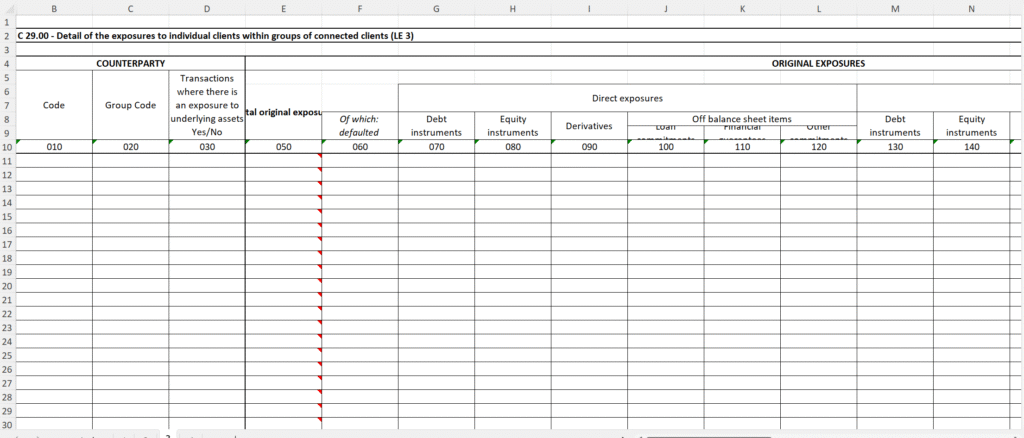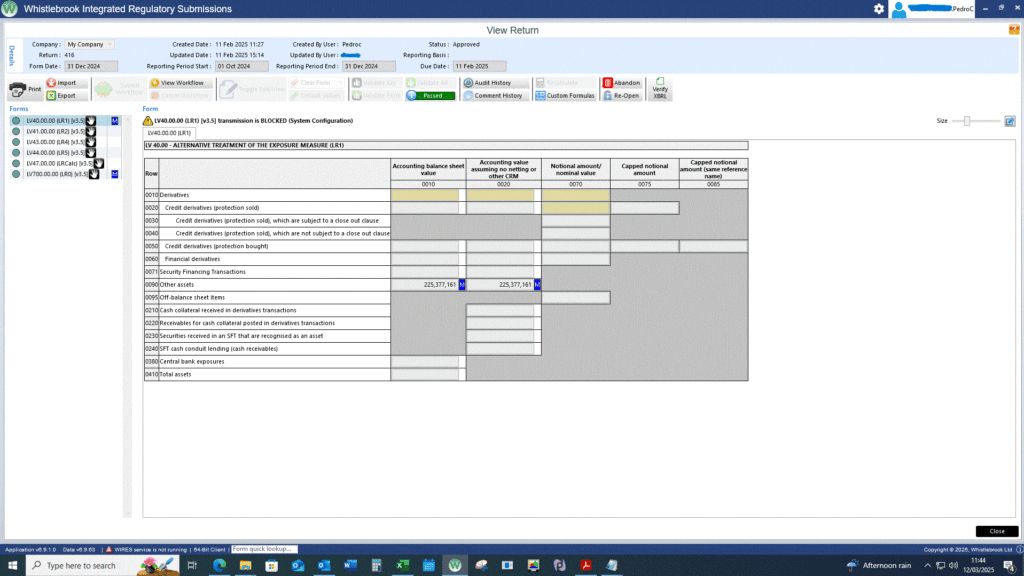Large Exposure
A large exposure is regulatory financial data submitted by banks and other financial institutions to supervisory authorities, such as the Bank of England or the European Bank Authority (EBA), to monitor their concentration risk. The reports elaborate the bank’s exposure to single counterparties or groups of linked clients, making ensure that these exposures stay within prudential limits (usually 25% of the institution’s Tier 1 capital) to avoid disproportionately large losses from a single counterparty’s default.
A large exposure concentration risk report recognizes important exposures to a single counterparty, sector country, or group that could endanger a financial institution’s health if losses happen owing to a correlated event.
Updated 12 May, 2025.
The Purpose of Large Exposure
- Prudential Last-Resort
The principal aim is to act as a buffer net beyond standard capital requirements, safeguarding financial institutions and the wider financial system from major financial risk capable of causing harm that could result from a large client’s default.
- Risk Monitoring
- Harmonized Reporting
Reporting Requirements
- Templates:
As a rule, reports use structured templates (e.g., LE1, LE2, LE3 in the EU) to show specific details.
- Counterparty Identification:
Information consists of identifying the counterparty or the group of associated clients.
- Exposure Details:
The reports indicate the value of the exposure in both the trading and non-trading books.
- Credit Risk Mitigation (CRM):Institutions are obliged to report exposures both before and after the application of CRM methods to demonstrate the mitigation in risk.
Large Exposure Spreadsheets


